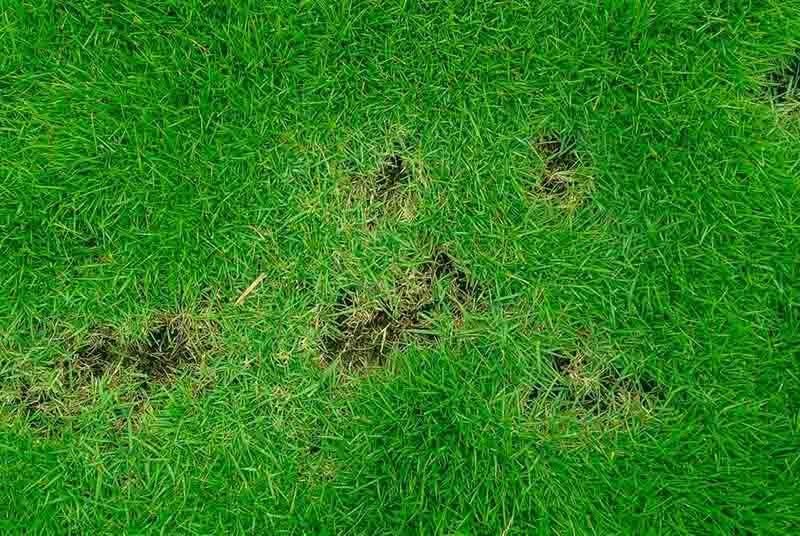Identification, Control and Treatment of Lawn Diseases
Lawn diseases are mostly caused by different forms of fungus. Given that fungi do not engage in photosynthesis, they are not able to produce their food. For fungi to survive, they either take over a host plant or feed off dead organic matter. Some notable places you can find fungi in your lawn are in extra thatch or on dead leaves.

Fungi spread through spores, which are easily moved from one place to another through mowing, rain, and wind. The spores penetrate the grass on your lawn, feed, and grow until it takes over the grass.
During summer, the fungus season is at the peak, and the fungi discharge more than 1,500 spores in a minute. This is because of the warm temperatures during summer that provides a favorable environment for spores to grow.
If your lawn is infested by fungi, it will have irregular and circular patterns of damage. The patterns of damage are dead zones where the fungi have fed and a ring around it, showing where it is spreading.
Control of fungi requires you to be proactive. It would be best if you were on the lookout for damp, shaded areas. The areas might be having excessive thatch or dead organic materials. Therefore, if you notice damp, shaded areas on your lawn, you need to treat your lawn because they pose a threat of a spontaneous spread.
The shaded patches on your lawn could be a sign of lawn disease. Some common lawn diseases are:
- Grey leaf spot
- Large patch
- Brown patch
The best way to control and treat lawn disease is to be proactive and to treat it as soon as you notice damp areas on your lawn. You can apply an absorbable systemic fungicide that helps in inhibiting the fungus after infestation.
If you notice areas of damage on your lawn, you can contact us for the determination of the cause and control mechanisms. Also, we provide you with exceptional treatment of lawn diseases using the best products on the market.
